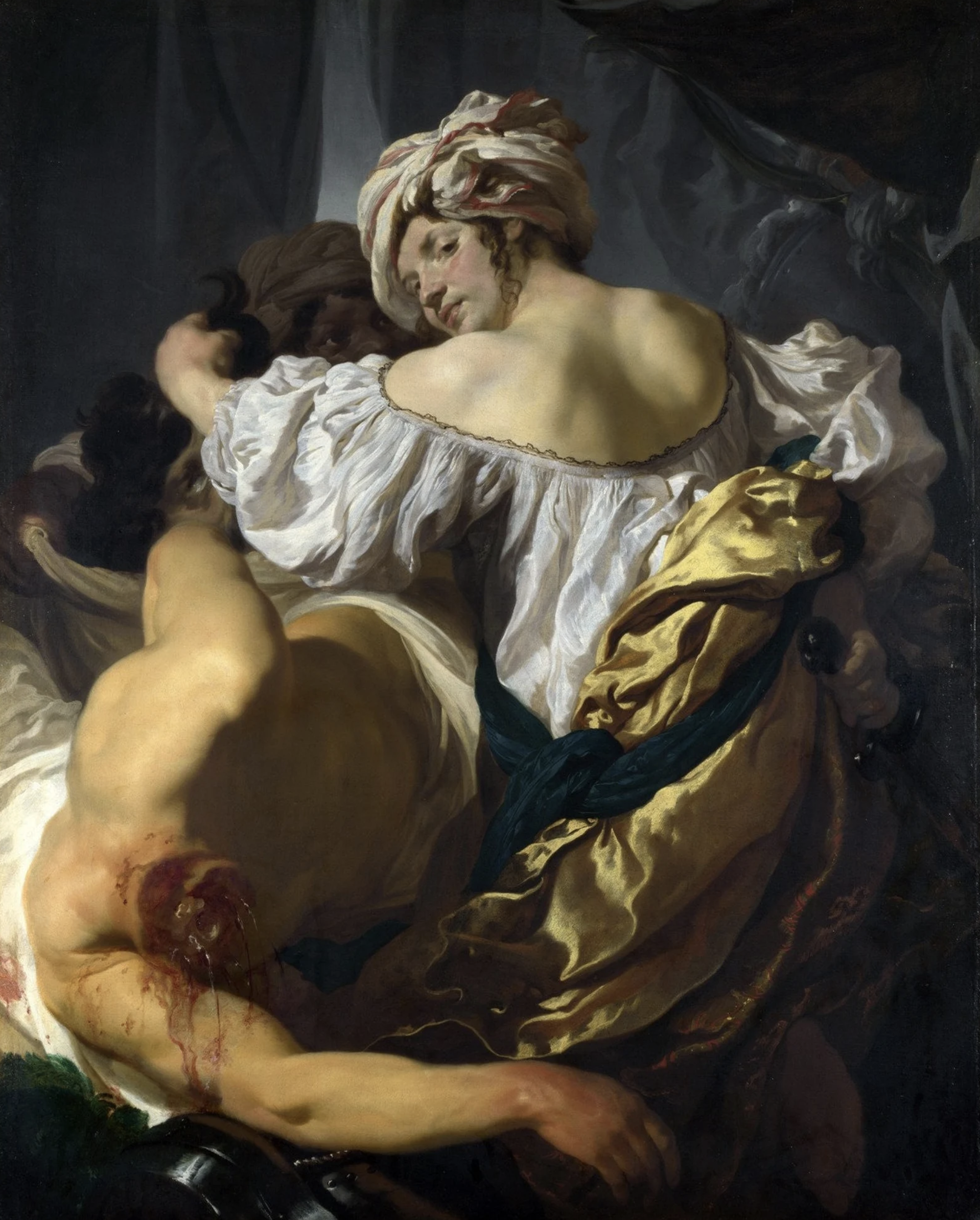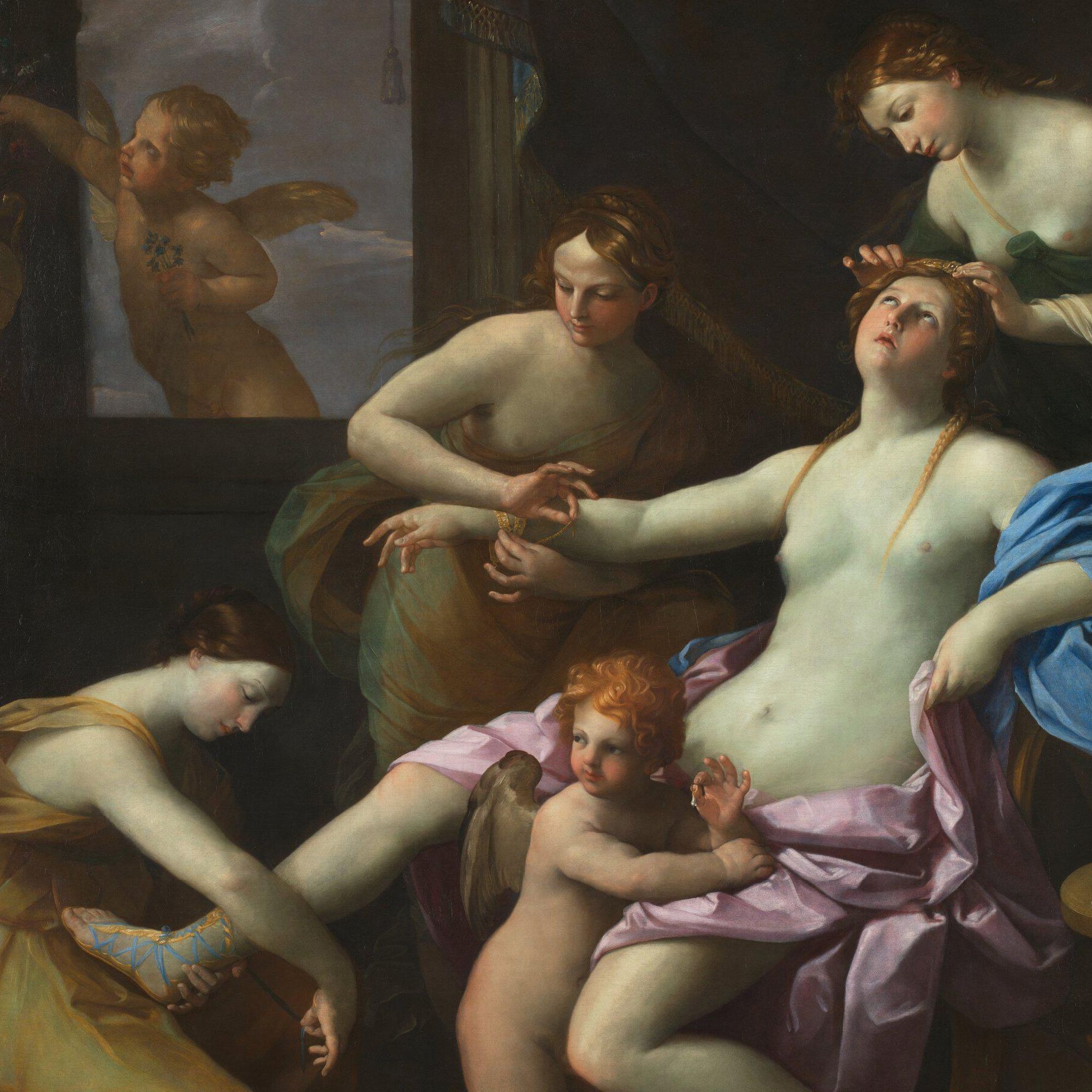Heterosis Growth Guide
Book of traits and breeding rules that get updated as collectors discover new flower characteristics.

Book of traits and breeding rules that get updated as collectors discover new flower characteristics.
A limited amount of traits were available on mint. But through the hybridization process, collectors discover new traits and become the agents of digital evolution.
Some of the new traits will come from first-level hybridisation between the flowers that collectors have initially minted. More complicated and rare traits will then appear when collectors breed between new hybrids that they have received from previous breedings.
We have created this in-depth guide to the collection’s mechanics in order to help you understand exactly how you can breed your Heterosis flowers for the best results.
In this guide, you will find the following information:
— Heterosis DNA
— Hybridizing
— Collaboration collections
— Discovering new traits
— The Old Masters Skin
— Moon Phases
Heterosis DNA
As in real life, each flower trait has a pair of values (genes) - where one is dominant, (main) and the other recessive (shadow). Each flower has 27 main and 27 shadow genes, and amongst these are species, skins, pigments and several petal characteristics.
All of a flower’s visual properties are defined by these main values, but during the hybridization process, shadow and visible values may swap or mutate to create a completely new trait.
Hybridizing
There are three basic mechanics behind hybridizing genes: inheriting corresponding genes, swapping main and shadow genes and mutating to reveal completely new genes. So what does that actually look like? Well:
- If the baby flower inherits both main and shadow values directly from parent A, this trait doesn't change, but typically at least one of the 25 traits should change - the rest is down to luck.
- If, for example, you have a common natural red skin as your flower’s main value, and a rare golden as its shadow value, there’s a chance that at some point during hybridization, they can swap, and your flower can become golden. If someone is hybridizing their flower with yours, there is also a chance they will inherit your flower's shadow gold as their main value.
- Mutation happens if parent A and parent B have a specific combination of genes, and instead of inheriting one, the new flower can create a completely new gene. This is how unlocking new features in the collection works.
Collaboration collections
Having NFTs from other collections in your wallet while hybridizing may also trigger mutations and unlock new skins, pigments and patterns (the way the skins mix) on your flower petals and core.
When a special collab pattern is obtained, it may be transferred to other flowers through hybridization - presumably for a higher fee.
Here is the list of collections giving special traits to Heterosis flowers:
OG:Crystals, Life In Our Minds, Ksoids, CryptoKitties, Murakami Flowers, Zombie Club, Meebits (and Meebits DAO General Members), Outland (Fragments by James Jean; Elemental by Fang Lijun) [ mxtter ], FlowerGirls, Pace Verso (Glenn Kaino Pass the Baton; Art Blocks x Pace Verso; teamLab Matter is Void), CryptoPunks, BoredApeYC, Mutant Ape Yacht Club, Otherdeed NFTs, Tom Sachs (Rockets; Components), CyberKongz, Bored Ape Kennel Club
Having OG:Crystals with collab traits works as a substitute for actual NFTs from these collections, giving the Heterosis flowers corresponding traits.
Discovering new traits
1. Species:
☻ Tulip (available on mint)
☻ Water Lily (available on mint)
☻ Dahlia (available on mint)
☻ Lily (available on mint)
☻ Passiflora (discovered by the community)
☻ Iris (discovered by the community)
☻ Orchid (discovered by the community)
2. Skin (flower petals and core material)
There are two main parts in a Heterosis flower - petals and core. And each of these flower parts has two different skins - primary and secondary:
Skin A - Petals' primary material
Skin B - Petals' secondary material
Core A - Core primary material
Core B - Core secondary material
Available skin options:
☻ Natural (available on mint)
☻ Rainbow (discovered by the community)
☻ Black (discovered by the community)
☻ Ghost (discovered by the community)
☻ Gold (discovered by the community)
☻ OG:Crystals (discovered by the community)
☻ Spectrum
☻ Ultraviolet
☻ Old Master
☻ Pearl
3. Skin Mix (the way skin materials blend together and create a pattern)
Available skin mixes:
☻ Edge (available on mint)
☻ Dots (available on mint)
☻ Horizontal (available on mint)
☻ Vertical (available on mint)
☻ Leopard (discovered by the community)
☻ Zebra (discovered by the community)
☻ Vein
☻ BAYC (discovered by the community)
☻ LIOM (discovered by the community)
☻ Murakami Flowers (discovered by the community)
☻ Ksoids (discovered by the community)
☻ Cryptokitties (discovered by the community)
☻ Cryptopunks (discovered by the community)
☻ Flower Girls (discovered by the community)
☻ Meebits (discovered by the community)
☻ Pace (discovered by the community)
☻ Zombie club (discovered by the community)
☻ [mxtter] (discovered by the community)
☻ Otherdeed (discovered by the community)
☻ Outland (discovered by the community)
☻ MAYC (discovered by the community)
☻ BoredApeYC
☻ Bored Ape Kennel Club
✚ 1 more collaboration pattern created by other collections’ NFTs in the Heterosis owner’s wallet.
4. Pigment
There are three pigments in each flower - Main, Secondary and Accent. Each pigment can also have Light and Dark options. So, for example, for red pigment, there will be three possible traits: Red, Light Red, and Dark Red.
Pigment A - Main flower colour.
Pigment B - Secondary flower colour.
Pigment C - Accent flower colour.
Available pigment options:
☻ Purple (available on mint)
☻ Blue (available on mint)
☻ Red (available on mint)
☻ Yellow (available on mint)
☻ Green (discovered by the community) 🐾
☻ Orange (discovered by the community)
☻ Violet (discovered by the community)
☻ Neutral (discovered by the community)
🐾 Green pigment can be unlocked only by the owners of CryptoKitty NFTs.
5. Flower architecture
These traits can have low, medium or high values:
Petal Bloom - The level of how opened/closed a flower is in its final state.
Petal Curl - curl formation of the petals.
Petal Number - the number of petals on a flower.
Petal Smoothness - how smooth the petals are.
The Old Masters Skin
The Old Masters Skin has nine variations; each one is an actual painting from Room 32 in London’s National Gallery, picked by Mat Collishaw. The best way to actually see the painting on your flower is to have all the skin and core materials with the Old Masters trait.
Here is the full list of chosen paintings:
- Judith in the Tent of Holofernes, Johann Liss
- Saint Cecilia, Pietro da Cortona
- Saint Zenobius Revives a Dead Boy, Giovanni Bilivert
- The Findings of Moses, Orazio Gentileschi
- A Personification of Fame, Bernardo Strozzi
- The Toilet of Venus, Guido Reni
- The Virgin and Child Embracing, Sassoferrato
- The Rape of Europa, Guido Reni
- The Virgin in Prayer, Sassoferrato









Moon Phases
There is one more factor that can influence the mutations and breeding behaviour of Heterosis flowers, and that is the lunar cycle. Heterosis flowers grow differently depending on the phases of the moon.
🌜Find the Heterosis Moon Calendar on OG.Art. The mechanics are simple: there are seven Heterosis species and 8 lunar phases. Every floral species has a corresponding optimal moon phase, and during that period, its chances of breeding a mutation, as well as swapping its traits, double. Remember, these only affect parent A.
🌝 During a full moon, ALL Heterosis flowers get these benefits.
So, here are the moon phases for all the species:
☻ Waning Gibbous - Passiflora
☻ Third Quoter - Iris
☻ Waning Crescent - Orchid
☻ Tulip — New Moon
☻ Lily — Waxing Crescent
☻ Water Lily — First Quarter
☻ Dahlia — Waxing Gibbous
☻ All species — Full Moon
As each new trait and rule is discovered by Heterosis collectors, we will add it to the Heterosis Growth Guide so that everyone can keep track.

